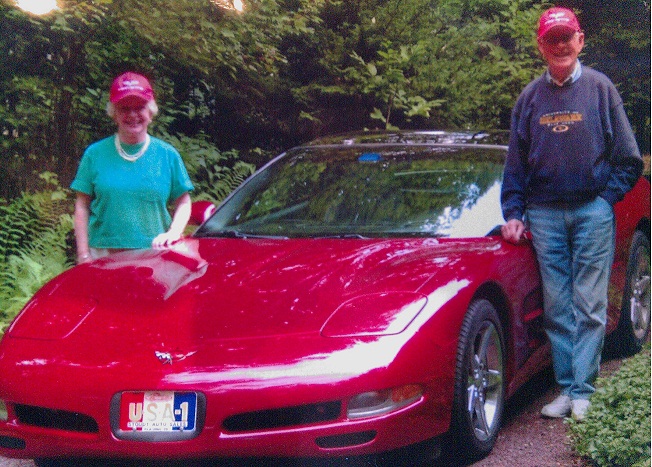A few weekends ago, Sue & I traveled to Wolf Trap to attend a Tom Jones concert. Tom is 82 years old and his concert was SOLD OUT. Ticket prices for some of the best seats went for over a thousand dollars apiece. So, what was the make-up of the audience that evening? People like us, senior citizens.
America’s Age Tipping Point
Today’s 65-plus demographic in America has increased to 17% of the population, or about 56 million people. Back in 1960, this age group only made up about 9% of Americans.
While the over 65 age group is comprised of 55% women, when you get to those 85 years and older, the percentage of women increases to nearly 66%.
In just 8 more years, 2030, every Baby Boomer will be over the age of 65, and in just four years after that, people over the age of 65 will outnumber children for the first time in the history of the United States.
Music of YOUR Life
Back in the early 1980s, I worked with Al Ham to put his Music of YOUR Life format on a radio station in Western Massachusetts. The format was targeting senior citizens and we played the music of Glenn Miller, Tommy Dorsey, The Mills Brothers, Rosemary Clooney, and Frank Sinatra. The format was perfect for an AM radio station, as the audience we were targeting grew up with AM radio and these artists.
I remember joking that one day, The Rolling Stones would be played on a Music of YOUR Life radio station.
Well, it’s happened. Radio stations like WMEX-LP 105.9FM are thriving by playing the artists of the Baby Boomers, and The Rolling Stones fit right in; Mick Jagger is 79, Keith Richards is 78 and Ronnie Wood is 75. Their average age is 77.
117th Congress
The current Congress of the United States is the oldest, on average, of any Congress in two decades, with half of the members being over 65 years old.
Turning 70
Next month, I will be turning 70. The 50th high school reunion that was to have taken place in 2020, was delayed two years and when Sue and I get together with our fellow classmates, it will be for the Class of 70 Turns 70 reunion.
How Has 70 Years Changed Me?
First, let me tell you that the 18 year old me and the 70 year old me are really not all that different. The younger me has merely become part of the many layers of the person I’ve grown into today, with one caveat: the music that I loved in my youth, is the music I love most today.
This is why it puzzles me that it’s so hard to find my music on today’s AM/FM radio.
We have more radio signals broadcasting into the ether in America, than at any time in our history. Yet, the variety of programming is so very narrow.
It’s Not Unusual
Which brings me back to Tom Jones. When the audience knows the words to all of his hit songs and sings along with him, why is it so hard to hear any of his songs on today’s commercial radio stations? The fact that Tom Jones continues to perform to SOLD OUT audiences should be a wake-up call to radio broadcasters, advertisers and advertising agencies.
America’s citizens aren’t getting any younger. By 2060, the United States Census Bureau says 1 out of every 4 Americans will be 65 or older.
- The Motely Fool*, on February 28, 2022, says that as of 2019, the median net worth of Americans under 35 years old was $14,000, while the median net worth of Americans aged 65 to 74 was $266,070. In other words, Americans at retirement age had a median wealth 19 times that of those in the under 35 age group.
Venues like Wolf Trap understand this and know that if they want to stay in business, they need to cater to people who have the money to spend on live entertainment.
Why should radio broadcasters think it’s any different for them?



 For the radio listener, your next break is all that matters. Does it speak to your listener? Does it have relevance to your listener’s life right this second? How do you know?
For the radio listener, your next break is all that matters. Does it speak to your listener? Does it have relevance to your listener’s life right this second? How do you know? I read the
I read the  The radio world was all a buzz this week when it was announced that Millennials now out-number Baby Boomers.
The radio world was all a buzz this week when it was announced that Millennials now out-number Baby Boomers.
 This was certainly true in the first golden age of radio, that period of time from its birth in 1920 through the mass takeover of television in the 1950s. Once TV came along, radio had to reinvent itself.
This was certainly true in the first golden age of radio, that period of time from its birth in 1920 through the mass takeover of television in the 1950s. Once TV came along, radio had to reinvent itself.
